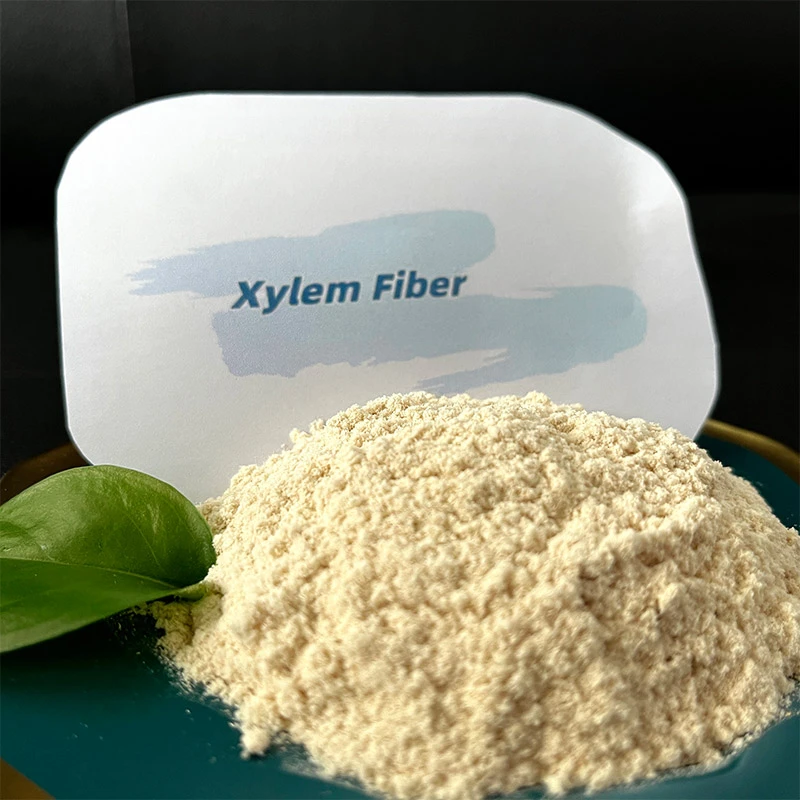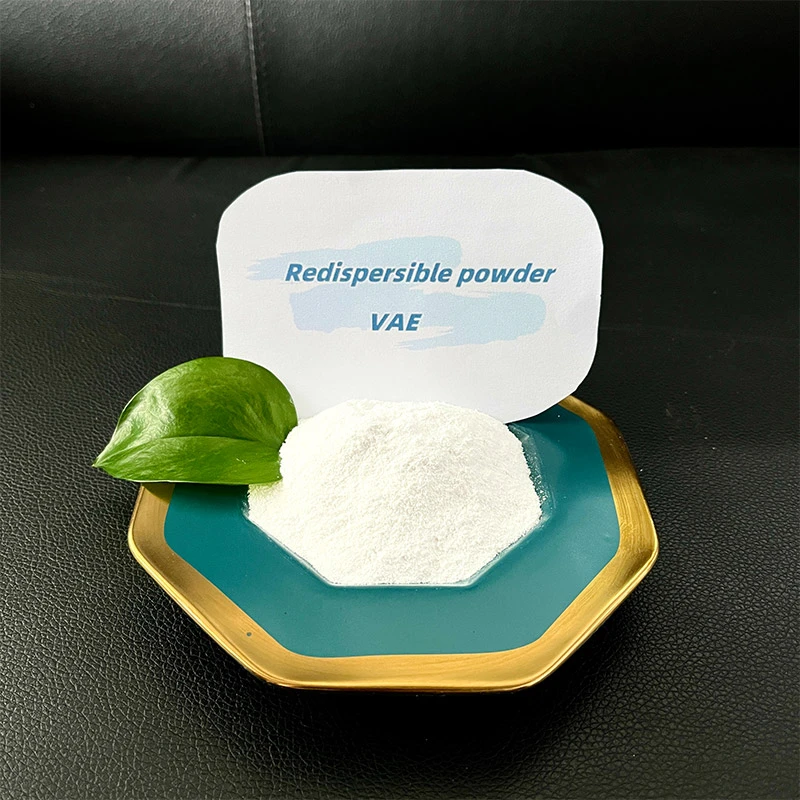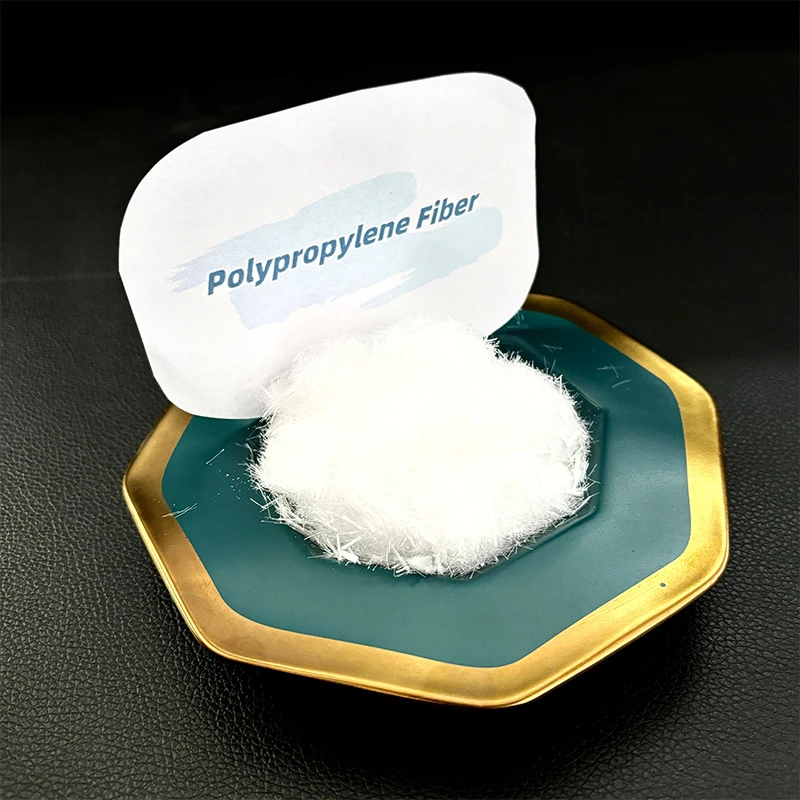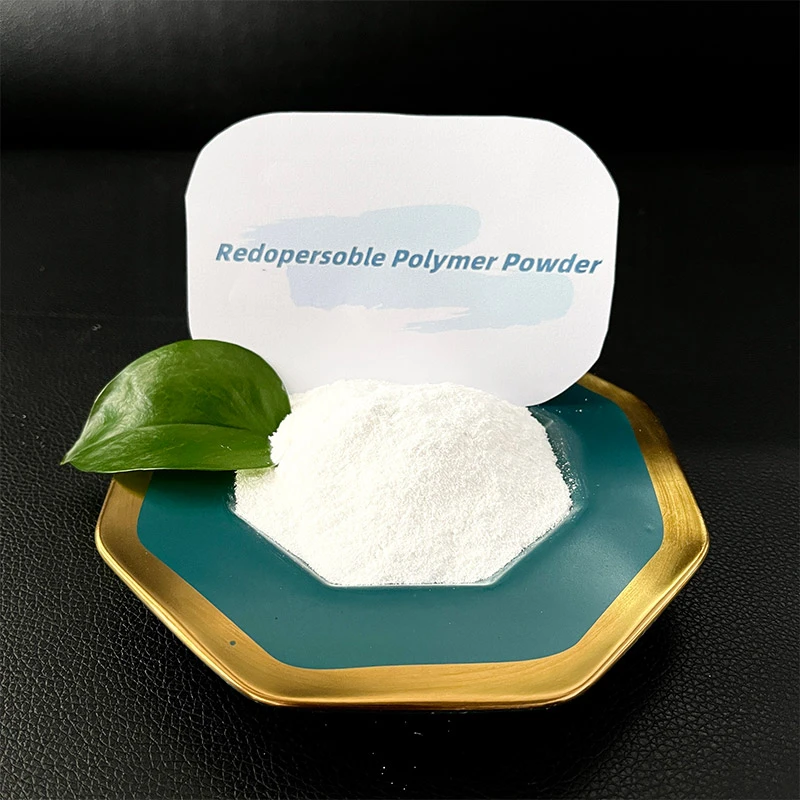
-

Add: HeBei ShengShi HongBang Cellulose Technology CO.,LTD.
-

Email
13180486930@163.com -

CONTACT US
+86 13180486930

Rubber Powder Uses: Versatile Solutions & Applications
Understanding the Versatile Applications of Rubber Powder in Modern Industry
In today's rapidly evolving industrial landscape, the strategic rubber powder uses are profoundly reshaping material science and manufacturing processes. Derived from recycled scrap rubber, primarily end-of-life tires (ELT) and industrial rubber waste, this high-performance aggregate embodies a pinnacle of sustainable innovation. Its transformation from waste material into a valuable industrial input directly supports the principles of the circular economy, significantly mitigating environmental impact by reducing landfill burden and conserving virgin resources. The unique intrinsic properties of rubber powder, including exceptional elasticity, superior vibration damping, and effective sound absorption, render it an indispensable component across a multitude of advanced material formulations. Companies worldwide are increasingly recognizing the inherent value and operational benefits of integrating this recycled content, driven by a dual mandate of achieving environmental responsibility and enhancing product performance. This burgeoning trend signifies a pivotal shift in material procurement strategies, positioning rubber powder as a cornerstone for future industrial growth and ecological stewardship.
The burgeoning demand for sustainable yet high-performance materials fuels continuous research and development into novel applications for this versatile product. Industries ranging from automotive and construction to specialized manufacturing and civil engineering are actively exploring and implementing new ways to leverage the distinct advantages offered by rubber powder. For instance, in road construction, the inclusion of rubber powder significantly improves asphalt durability, reduces road noise, and enhances resistance to cracking and rutting. Within the automotive sector, it contributes to the development of lighter, more resilient components, improving vehicle performance and fuel efficiency. Furthermore, the emergence of specialized grades, such as high-purity nitrile rubber powder, extends its utility into highly demanding applications requiring superior oil resistance, chemical stability, and heat endurance. Manufacturers are progressively moving beyond traditional filler roles, integrating fine rubber powder into sophisticated product lines including advanced coatings, high-performance sealants, and polymer blends to elevate mechanical properties and extend product lifespan. This comprehensive adoption underscores the transformative impact of rubber powder uses on global manufacturing and environmental sustainability goals.

The Advanced Manufacturing Process of High-Quality Rubber Powder-821
The production of premium rubber powder, such as our Rubber powder-821, relies on a meticulously engineered, multi-stage manufacturing process designed to achieve superior particle size distribution, optimal surface characteristics, and exceptional purity. This intricate journey commences with the stringent collection and initial sorting of scrap rubber materials, primarily focusing on end-of-life tires (ELT) and specific industrial rubber waste streams. A critical initial step involves the meticulous removal of impurities, including steel wires, textile fibers, and other non-rubber contaminants, ensuring the integrity of the final product. Subsequently, the primary size reduction phase employs robust mechanical shredding systems to break down large rubber pieces into smaller, more manageable fragments. This is followed by a granulating stage, which further reduces the rubber into coarse crumbs, preparing the material for the fine grinding process.
The pivotal fine grinding stage typically utilizes either advanced ambient grinding or state-of-the-art cryogenic grinding technologies. Ambient grinding employs specialized mechanical mills that shear and abrade the rubber at room temperature, while cryogenic grinding involves freezing the rubber to its glass transition temperature using liquid nitrogen. This renders the rubber brittle, facilitating its fracture into exceptionally fine rubber powder particles, often achieving mesh sizes of 80 mesh and finer, crucial for high-performance applications. Post-grinding, sophisticated separation techniques, including multi-stage sieving and precision air classification, are rigorously applied to ensure a precise particle size distribution and to eliminate any oversized or undersized particles, meeting stringent product specifications. For enhanced compatibility and performance in specific rubber powder uses, surface modification or partial devulcanization processes may be integrated to improve the powder's adhesion and dispersion within new polymer matrices. Our Rubber powder-821 undergoes continuous, rigorous quality control throughout this entire process, adhering to international testing standards such as ISO 9001:2015 and relevant ASTM D-series protocols. This unwavering commitment ensures consistent quality, purity, and predictable performance, offering extended service life and superior durability in applications ranging from petrochemical seals to robust components in metallurgy and civil engineering infrastructure.
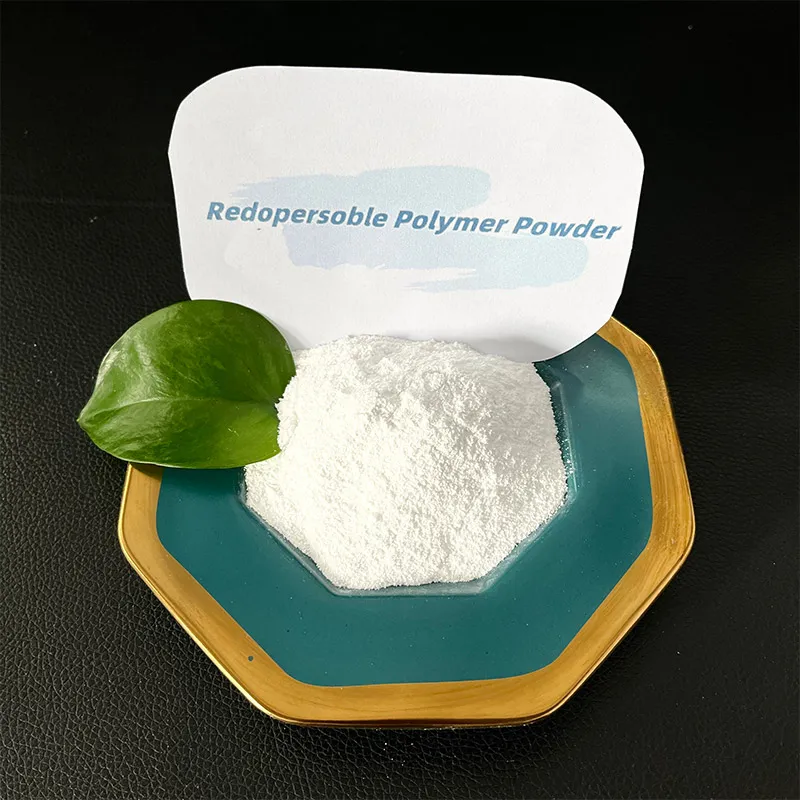
Technical Parameters and Performance Insights for Key Applications
The functional performance and ultimate suitability of recycled rubber powder in diverse industrial applications are fundamentally dictated by its precise technical specifications. Key parameters meticulously analyzed include mesh size (which defines particle fineness), specific gravity, moisture content, ash content, and in some cases, specific surface area. For example, a fine rubber powder, typically ranging from 80 to 120 mesh, offers an expansive surface area and exceptional dispersibility within polymer matrices, making it ideal for high-performance applications where homogeneous integration and superior mechanical properties are paramount. Conversely, coarser grades may be more suited for bulk applications such as infill for artificial turf, soundproofing materials, or as a filler in certain construction aggregates. The consistent control of these parameters is absolutely crucial for manufacturers who require reliable raw materials to ensure consistent end-product quality and performance across various rubber powder uses. This is particularly vital for precision applications like rubber powder coating, where particle uniformity directly impacts the aesthetic finish, durability, and functional attributes of the coated surface.
Below, we present a comprehensive table outlining typical specifications for different grades of rubber powder, illustrating how these properties align with varying industrial requirements and typical rubber powder uses. These detailed figures are meticulously derived from extensive laboratory analyses and validated through real-world application data, providing transparent and actionable insights into the material’s capabilities. Understanding these parameters enables our clients to select the optimal grade of rubber powder for their specific needs, ensuring maximum efficiency and cost-effectiveness in their processes. Our Rubber powder-821 stands as a testament to our commitment to precision, offering specifications tailored to stringent industry demands, thereby empowering superior product development and operational reliability for our partners.
| Parameter | Unit | Fine Rubber Powder (80-120 Mesh) | Medium Grade (30-60 Mesh) | Coarse Grade (10-30 Mesh) |
|---|---|---|---|---|
| Particle Size (Mesh) | ≥ 80 | 30-60 | 10-30 | |
| Specific Gravity (Approx.) | g/cm³ | 1.10 - 1.25 | 1.15 - 1.28 | 1.20 - 1.30 |
| Moisture Content | % | ≤ 0.5 | ≤ 0.8 | ≤ 1.0 |
| Ash Content | % | ≤ 8 | ≤ 10 | ≤ 12 |
| Typical Applications | Polymer modification, precision molding, coatings, sealants | Rubberized asphalt, sports surfaces (top layer), industrial flooring | Sports surfaces (base layer), drainage, sound dampening mats | |
| Benefits | Enhanced elasticity, vibration damping, improved aesthetics | Reduced noise, improved skid resistance, shock absorption | Cost reduction, bulk filling, drainage enhancement |
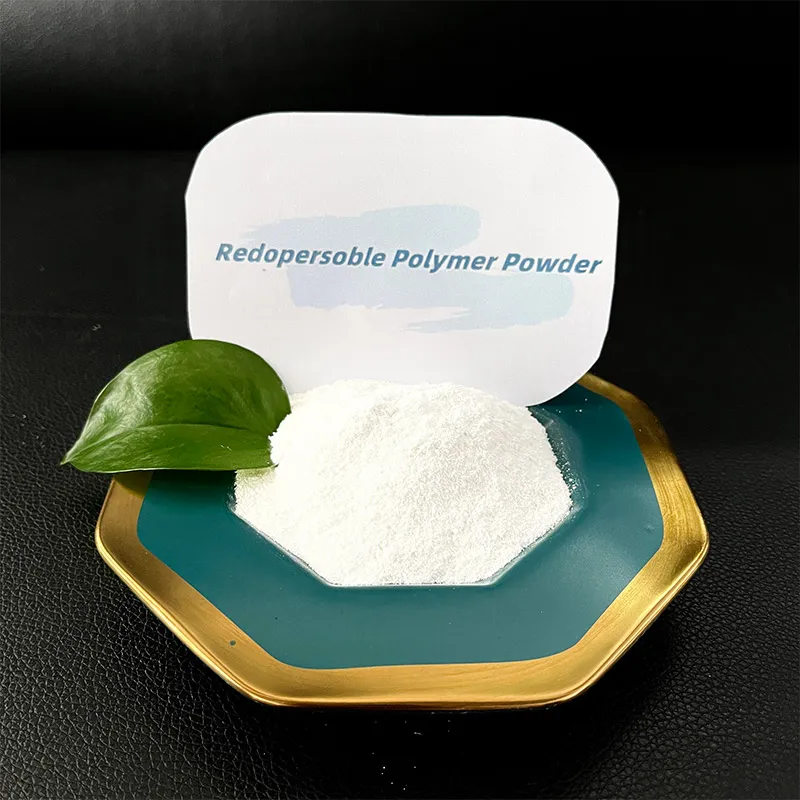
Diverse Application Scenarios and Key Advantages of Rubber Powder
The extensive scope of rubber powder uses is truly remarkable, impacting critical industries and delivering substantial technical and economic benefits. In the construction sector, for instance, the integration of rubber powder into asphalt concrete (RAC) significantly enhances road durability, drastically reduces traffic noise pollution, and measurably improves skid resistance, particularly under adverse weather conditions. This innovation leads to the development of longer-lasting infrastructure and consequently lowers long-term maintenance costs, providing a tangible return on investment. Furthermore, in the realm of sporting applications, recycled rubber powder granules are widely utilized as infill for artificial turf systems, offering superior shock absorption and minimizing impact injuries for athletes, while concurrently extending the lifespan and playability of sports surfaces. Beyond these prominent applications, rubber powder is increasingly being incorporated into diverse materials such as roofing membranes, specialized insulation products, and resilient railway sleepers, lending superior vibration damping and advanced sound attenuation properties that significantly outperform conventional materials. The environmental dividend is also substantial, as each application diverts tons of waste rubber from landfills.
The technical advantages derived from systematically integrating rubber powder are multifaceted and impactful. Firstly, it offers an inherently environmentally responsible alternative to the reliance on virgin materials, leading to a substantial reduction in landfill waste and a decreased carbon footprint throughout the product lifecycle. Secondly, the intrinsic properties of rubber, including its unparalleled elasticity, inherent resilience, and excellent resistance to abrasion, are effectively imparted to new composite materials, thereby significantly enhancing their overall performance and durability. For instance, in polymer modification, the introduction of tailored fine rubber powder can dramatically improve the impact strength and flexibility of plastic compounds without compromising other essential mechanical properties. For highly specialized applications, such as the formulation of rubber powder coating, it delivers an anti-slip, exceptionally durable finish that extends the operational life of coated surfaces in demanding industrial environments. Similarly, the judicious use of rubber anti tack powder or talc powder for rubber applications during processing is vital to prevent unwanted adhesion and agglomeration, ensuring smooth manufacturing operations, minimizing waste, and producing consistently high-quality end products. Our Rubber powder-821 has been successfully deployed across diverse sectors, empowering our clients to achieve superior product performance while rigorously adhering to global sustainability objectives. A compelling case study involves our collaboration with a leading automotive parts manufacturer, where the precise inclusion of our specialized nitrile rubber powder notably enhanced the durability and vibration absorption characteristics of engine mounts, leading to significant improvements in vehicle Noise, Vibration, and Harshness (NVH) characteristics and extending component lifespan by over 20%, showcasing the profound impact of strategic material innovation.
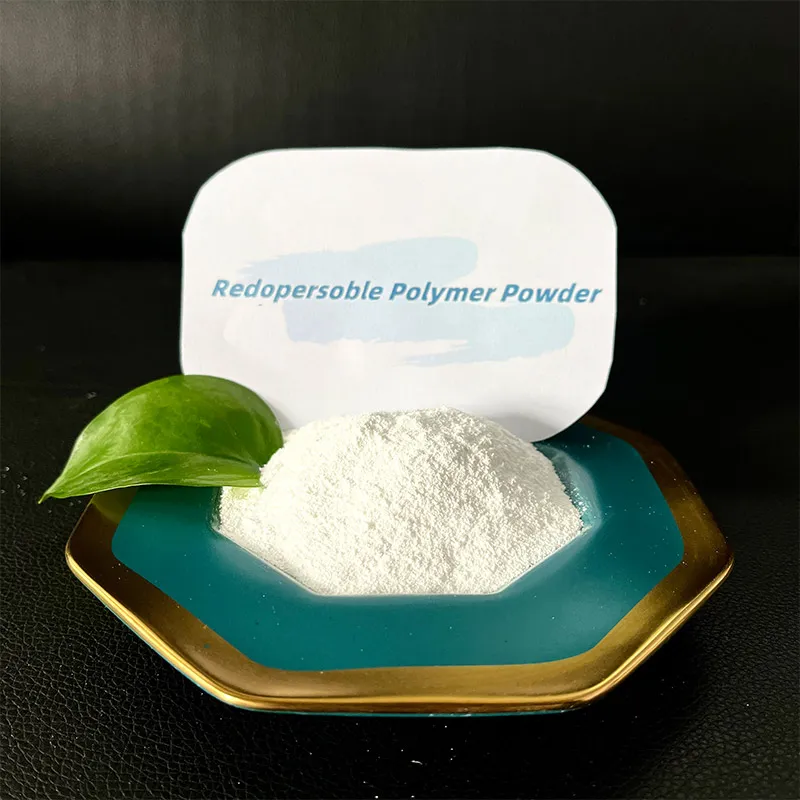
Strategic Manufacturer Comparison and Tailored Rubber Powder Solutions
When making critical decisions regarding the procurement of high-quality rubber powder, astute manufacturers rigorously evaluate potential suppliers based on a confluence of factors, including product consistency, comprehensive technical support, and the proven ability to provide highly customized solutions. While the market presents a spectrum of options concerning rubber powder price and variable quality, our unwavering commitment to excellence distinctly sets us apart. We differentiate ourselves through an unparalleled dedication to rigorous quality control protocols, ensuring that our flagship product, Rubber powder-821, consistently meets or demonstrably exceeds the most stringent industry standards. This unwavering commitment stands in stark contrast to some market competitors whose products may exhibit noticeable variability in particle size distribution, purity levels, or precise chemical composition, often leading to unpredictable and undesirable performance outcomes in critical downstream manufacturing applications. Our extensive operational experience, spanning over a decade within the specialized rubber recycling industry, coupled with the deployment of cutting-edge rubber powder production line facilities, empowers us to consistently maintain superior product integrity and performance across all rubber powder uses. Furthermore, our coveted ISO 9001 certification serves as a robust testament to our meticulously implemented quality management systems, guaranteeing unparalleled reliability and complete traceability from the initial raw material sourcing phase through to the ultimate final product delivery.
Recognizing that each client's specific application possesses unique and often complex requirements, we specialize in delivering highly tailored rubber powder solutions designed for optimal integration and performance. Whether the need involves precisely adjusting the mesh size for a demanding rubber powder coating application, meticulously optimizing surface treatments for enhanced compatibility with specific polymer matrices, or innovatively developing specialized grades such as custom nitrile rubber powder for exceptionally demanding oil-resistant environments, our dedicated team of technical experts collaborates intimately with clients to achieve truly optimal and cost-effective results. This bespoke approach extends far beyond mere product formulation, encompassing flexible delivery schedules and comprehensive, responsive technical support, thereby ensuring seamless integration into your existing manufacturing processes. Our steadfast dedication to ensuring profound client success is vividly reflected in the enduring long-term partnerships and consistent repeat business we cultivate, unequivocally demonstrating our profound commitment to transcending the role of a mere supplier and establishing ourselves as an invaluable, trusted technical partner. For instance, in a recent high-profile infrastructure project, a unique blend of fine rubber powder was mandated for an advanced acoustic sound barrier; our dedicated Research & Development team meticulously developed a bespoke formulation that precisely met the stringent acoustic dampening and long-term durability specifications, enabling the project to be completed ahead of schedule and significantly under budget.
| Feature/Attribute | SSHB HPMC (Rubber powder-821) | Generic Competitor |
|---|---|---|
| Product Consistency & Purity | Excellent (Rigorous QC, ISO 9001 certified processes) | Often variable, less consistent across batches |
| Customization Capabilities | High (Tailored mesh, surface treatments, specialized grades like nitrile rubber powder) | Limited to standard, off-the-shelf offerings |
| Technical Support & Expertise | Comprehensive (Dedicated R&D team, experienced application engineers) | Basic or often outsourced, limited in-depth support |
| Certifications & Adherence to Standards | ISO 9001, consistently meets ASTM/ANSI standards | Often none, or limited and inconsistently applied |
| Industry Experience & Longevity | Over 10 years of proven track record in the industry | Varies greatly, often newer or less established entrants |
| Client Feedback & Partnerships | Highly positive, evidenced by strong, enduring long-term partnerships | Mixed, with less emphasis on long-term client relationships |
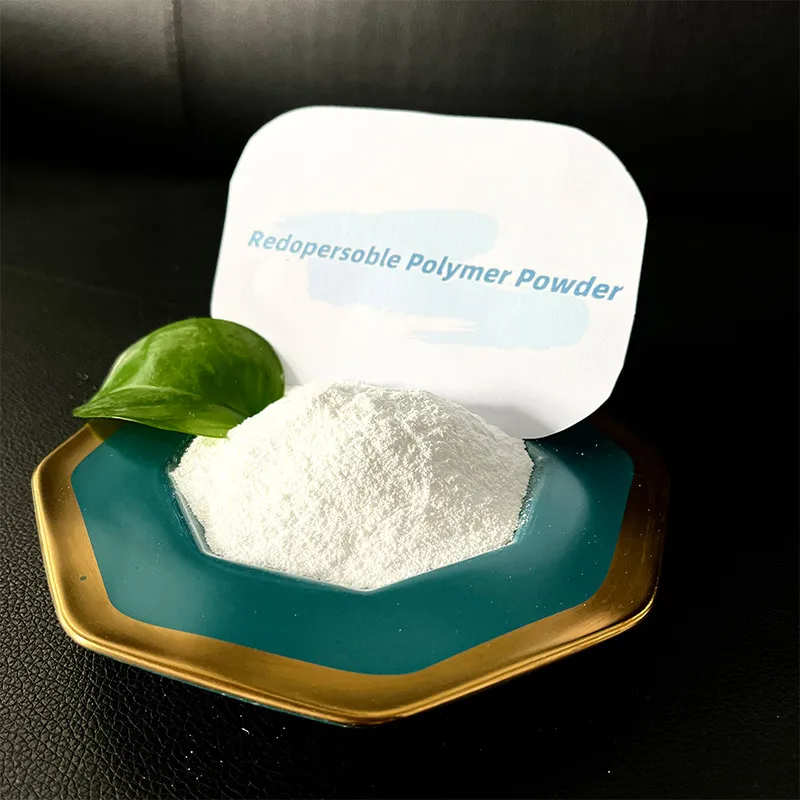
Frequently Asked Questions (FAQ) about Rubber Powder Applications
Q1: What are the primary environmental benefits of incorporating rubber powder into products?
The primary environmental benefits of extensive rubber powder uses are profound. They encompass diverting massive volumes of end-of-life tires and other industrial rubber waste from burgeoning landfills, thereby actively conserving valuable land space and significantly reducing potential soil and water pollution. Furthermore, its utilization considerably lowers the carbon footprint associated with manufacturing virgin rubber materials, as the intricate recycling process typically demands substantially less energy. Beyond waste diversion, the application of rubber powder often extends the lifespan of the final products, leading to a reduced overall consumption of new resources and a measurable decrease in waste generation over extended periods. This makes rubber powder a critically important component in actively promoting a robust circular economy and sustainable manufacturing practices across a broad spectrum of industries.
Q2: How does the mesh size of rubber powder significantly affect its specific applications?
The mesh size, which quantifies the particle fineness, stands as a critical parameter that directly influences both the applicability and the performance of rubber powder. Finer grades, typically classifying at 80 mesh and above (such as fine rubber powder), offer a significantly larger reactive surface area and facilitate superior dispersion qualities, rendering them ideal for demanding, high-performance applications. These include sophisticated polymer modification, intricate precision molding, specialized thin coatings, and advanced sealants where homogeneous integration is absolutely crucial for optimal mechanical properties. Conversely, coarser grades, generally ranging from 10 to 60 mesh, are exceptionally well-suited for bulk applications such as athletic surfaces (e.g., as infill for artificial turf systems), high-performance rubberized asphalt for roads, and effective soundproofing mats where structural integrity and bulk properties are primarily prioritized. The judicious choice of mesh size directly impacts crucial factors such as mechanical properties, overall processability, and ultimate cost-effectiveness for specific end-rubber powder uses.
Q3: What stringent quality control measures are meticulously implemented for Rubber powder-821?
For our premier Rubber powder-821 product, we meticulously implement a comprehensive, multi-stage quality control protocol that rigorously commences from the initial raw material inspection phase and diligently extends through every single stage of the manufacturing process, culminating in the final product packaging. Our state-of-the-art facilities proudly hold ISO 9001 certification, unequivocally demonstrating our steadfast adherence to the most stringent quality management systems and international best practices. This rigorous process encompasses precise monitoring of particle size distribution through advanced laser diffraction and comprehensive sieve analysis, meticulous chemical purity assessments (e.g., precise ash content, moisture content evaluation), and robust physical property testing (e.g., accurate specific gravity measurements). Each individual batch undergoes exhaustive testing to consistently meet or exceed predefined technical specifications and rigorous performance benchmarks, thereby guaranteeing unparalleled consistent quality and unwavering reliability for all our clients' diverse rubber powder uses. This unwavering commitment to quality serves as the fundamental cornerstone for building deep trust and consistently ensuring superior product performance.
Q4: What is your typical delivery lead time and comprehensive warranty policy for rubber powder products?
Our typical delivery lead time for standard orders of Rubber powder-821 generally ranges from 7 to 14 business days, contingent upon the specific order volume and the designated final destination. We consistently maintain highly efficient logistics and robust inventory management systems to facilitate exceptionally prompt dispatch and ensure timely arrival. For larger-volume or highly customized orders, specific delivery lead times are meticulously agreed upon during the initial consultation phase to seamlessly align with detailed project schedules and critical timelines. We proudly offer a comprehensive product warranty, unequivocally guaranteeing that our premium rubber powder consistently meets the mutually agreed-upon specifications and is entirely free from any manufacturing defects. Our highly responsive and dedicated customer support team is readily available to comprehensively address any inquiries regarding precise product performance, intricate technical application details, or complex logistical coordination, thereby ensuring complete client satisfaction and providing unparalleled reliable service for all rubber powder uses.
Authoritative References and Further Reading on Rubber Powder Technology
- International Organization for Standardization (ISO). ISO 9001:2015 Quality Management Systems – Requirements.
- American Society for Testing and Materials (ASTM International). Various standards, notably the D-series for rubber, rubber products, and recycled rubber materials.
- European Tyre & Rubber Manufacturers' Association (ETRMA). Comprehensive reports and statistical analyses on end-of-life tire management and advanced recycling technologies.
- Rubber Division, American Chemical Society. Peer-reviewed scientific journals and conference proceedings focused on breakthroughs in rubber technology and polymer science.
- Journal of Cleaner Production. Academic publications presenting research on sustainable material solutions, waste valorization, and circular economy models for recycled rubber.
-
The Function of Polymer Powder in Thin-Bed MortarsNewsAug.25,2025
-
Polypropylene Fiber for Waterproofing MembranesNewsAug.25,2025
-
Starch Ether as a Thickener in Construction GroutsNewsAug.25,2025
-
Rubber Powder as a Sustainable Additive in GroutsNewsAug.25,2025
-
Gypsum Retarder Chemical Dosage and Its Precise EffectsNewsAug.25,2025
-
Using HPMC to Reduce Cracking in Cementitious ProductsNewsAug.25,2025
-
Wood-Based FibresNewsAug.20,2025







